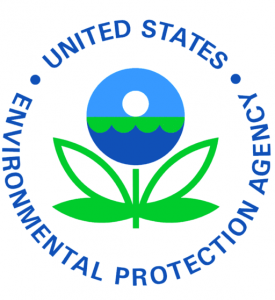 On Dec. 19, the Trump administration unveiled its new Federal Action Plan to Reduce Childhood Lead Exposures and Associated Health Impacts.
On Dec. 19, the Trump administration unveiled its new Federal Action Plan to Reduce Childhood Lead Exposures and Associated Health Impacts.
“The Federal Lead Action Plan will enhance the Trump Administration’s efforts to identify and reduce lead contamination while ensuring children impacted by lead exposure are getting the support and care they need,” EPA Acting Administrator Andrew Wheeler said.
Many of the 17 federal agencies that comprise the President’s Task Force on Environmental Health Risks and Safety Risks to Children will pursue the Action Plan’s four goals:
Goal 1: Reduce Children’s Exposure to Lead Sources
Goal 2: Identify Lead-Exposed Children and Improve Their Health Outcomes
Goal 3: Communicate More Effectively with Stakeholders
Goal 4: Support and Conduct Critical Research to Inform Efforts to Reduce Lead Exposures and Related Health Risks
The majority of the EPA’s actions are listed under Goal 1 and align with current agency rules on children’s exposure to lead-based paint hazards in homes and child-occupied facilities.
The EPA said that it is “committed to developing an implementation plan—by March 2019—that includes performance metrics for monitoring progress and demonstrating accountability for EPA actions identified in the Lead Action Plan.”
What You Need to Know
In the Action Plan, the EPA states that it will “consider revisions, as appropriate, to the dust-lead hazard standards to address childhood exposures to lead-contaminated dust generated from lead-based paint.”
In reference to lead in the ambient air, the EPA explains it will “continue to work with state and tribal air agencies to implement the lead NAAQS and will also evaluate the impacts of lead emissions from aircraft using leaded aviation fuel under the Clean Air Act.”
The plan also asserts that all actions within it are subject to budget constraints, processes within agencies and input from stakeholders.
Skepticism Among Environmental Groups
Many environmental groups are doubtful of the Action Plan’s effectiveness.
“The Federal Action Plan falls short of the decisive action needed to ‘Get The Lead Out’ of our children’s lives,” Environment America said. “While the Plan affirms well-established goals—like reducing exposure to lead—it offers no new policy tools or resource commitments to reach those goals, and ensure lead-free drinking water for our children.”